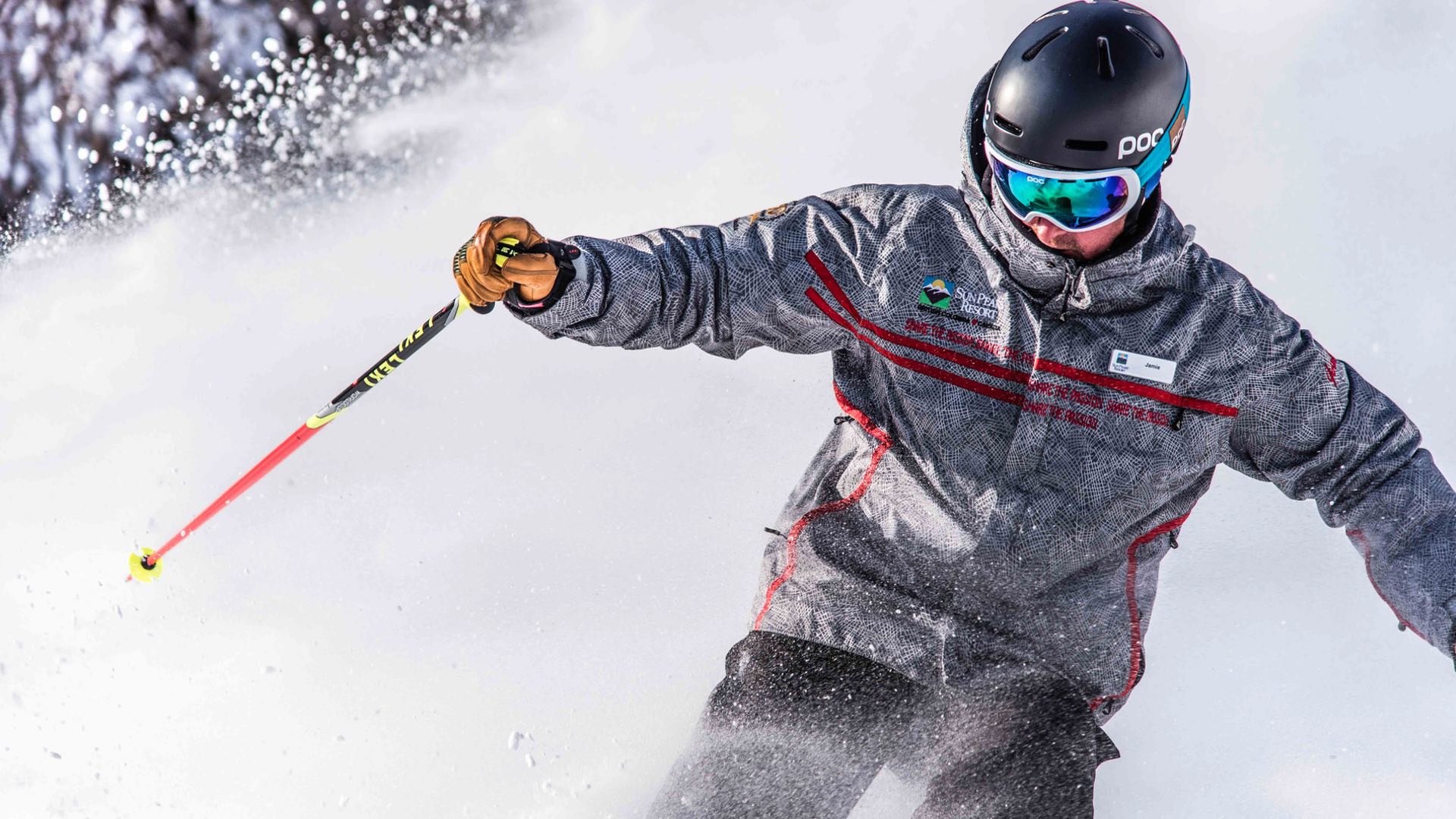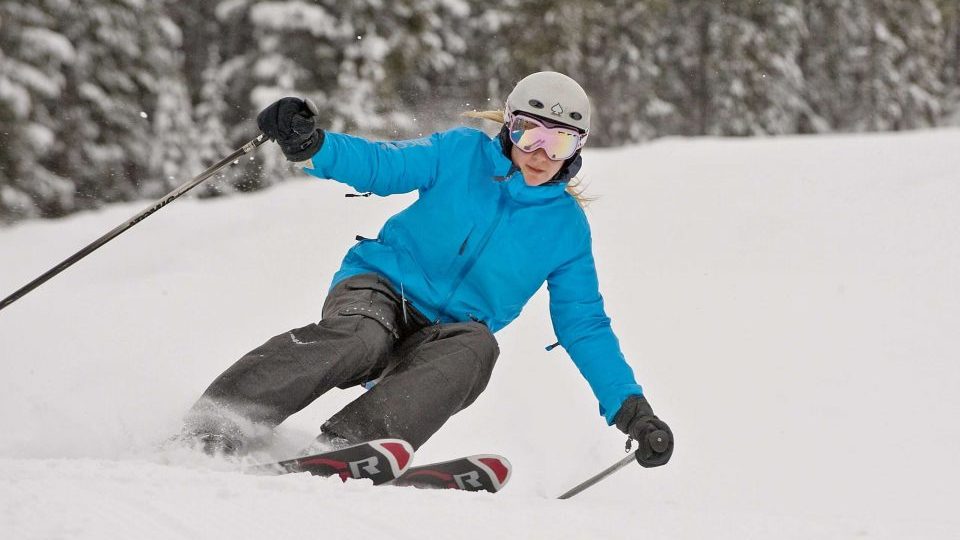Understand the stats & facts: What Do They Really Mean?
Water Resistance:
Unless you start skiing in a rubber mac, no jacket will ever be 100% waterproof (which will earn you the nickname ‘Sweaty McSweatSweat).
Water-resistance is measured in mm, and for an instructor course, you should aim high – a minimum of 10,000mm. The more water-resistant, the better, and so for the best performance, look for waterproof jackets to 20,000+.
Breathability:
Breathability is measured in grams, the lower the number, the less breathable the material.
The amount of breathability you need depends very much on your activity. On your instructor course, you will be active, so we recommend breathability of 10,000 – 15,000gm. However, if you’re a hardcore powder hound and often break a sweat on the slopes. If you’re quick to unclip your bindings to hike for fresh powder, look for a jacket with a breathability of 20,000+ grams.
Tip: For breathability and water resistance, GORE-TEX is the most trusted fabric used by most outdoor brands. There are brands which use alternatives, such as Polartec NeoShell, Pertex Shield+ and eVent.
Fully Taped Seams:
Having fully taped seams is essential when you’re spending day after day in the snow. This means all seams on the jacket have been coated after the stitching process, preventing any leaks.
Moisture Wicking:
Look for a jacket with a moisture-wicking lining to transport sweat away from your body to help keep you dry.
Tip: it is worth investing in moisture-wicking base layers. Having the technology on your jacket lining is pointless unless you’re wearing layers that are doing the same job.






































